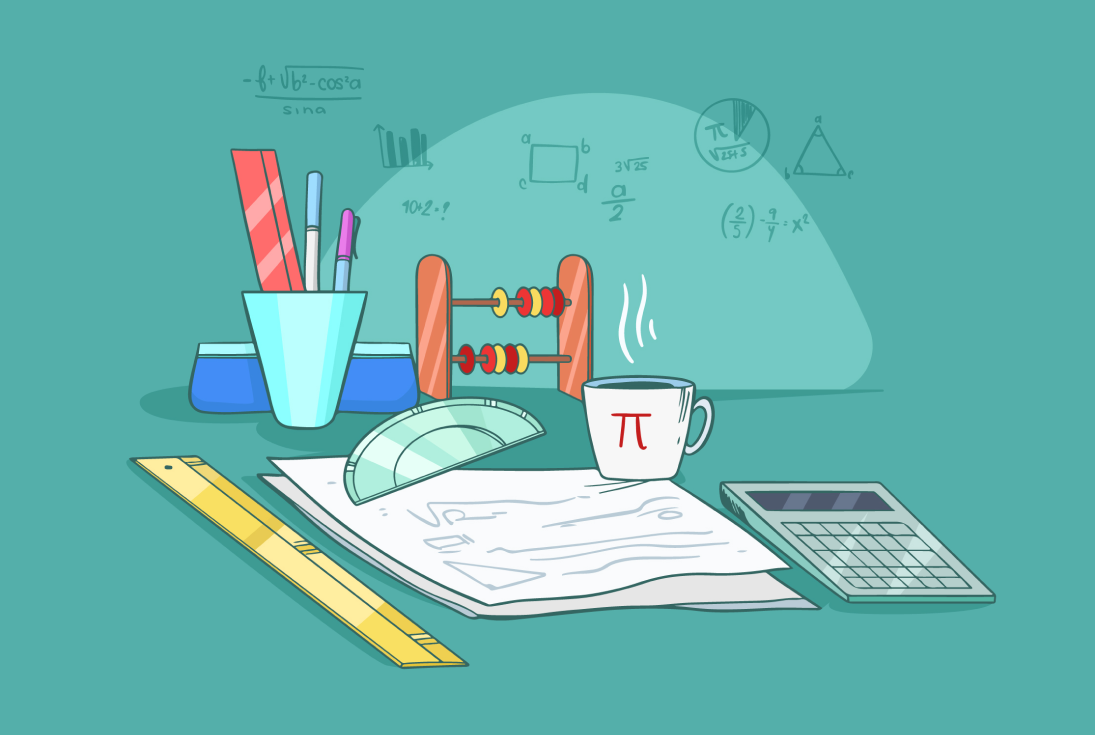What is the STEAM method and how is it used?

STEAM Integrated Learning is a method that combines science, technology, engineering, art and mathematics to support learning based on the relationship between these disciplines and real-world problems. Many teachers today recognize that the traditional approach to teaching these subjects no longer works and that they are useful when taught together rather than in isolation.
STEAM was created in the United States to help students develop skills that are important for the 21st century and to ensure their success at any age and in a wide variety of fields. STEAM teaching encourages students to experiment, make mistakes, and learn from these experiences in order to arrive at the correct conclusion rather than relying on what is written in the textbooks.
Let's get acquainted with the parts that make up the STEAM method:
Science

Integrating science into other subjects is beneficial for students as they learn more about the world they live in, including the activities they find within themselves. In addition, along with advances in technology, advances in science are revolutionizing medicine, agriculture, education, information and technology, and more.
Technology

Learning technology in STEAM education leads to changes in the learning, communication and thinking of learners. As technology advances, it is important to find ways to help children develop their creativity. Creative thinking, problem solving and learning in unity of technology are the keys to innovation as well as productivity.
Engineering

While it may sometimes seem difficult for students to verify any scientific truth that has already been accepted, engineering projects show students the true nature of the process. Projects are encouraged to encourage students to apply current knowledge and discoveries to new areas in order to find the “best” solution. These projects turn them into active players in the world of science. As a result, when a student sees technology through the lens of engineering, he realizes that it is more than "something that can be connected."
Art

Art is about using creativity and imagination to develop the skills learned in STEAM education, as well as enhance productivity, adaptability, responsibility, and innovation. In other words, art develops interaction, makes STEAM topics more interesting, thought-provoking, and increases student engagement. Many teachers believe that it is impossible for students to reach their potential without art.
Mathematics

One of the best ways to develop kids' love of math is to teach math using the STEAM method. This can be achieved by allowing each of them to make 1 or 2 sentences. It is important for children to develop the ability to work in a team, solve problems, communicate and think more. Mathematics is also important. An additional interesting method that will help you apply mathematics in a multidisciplinary environment, for example, creating a simple computer game or animation sequence.